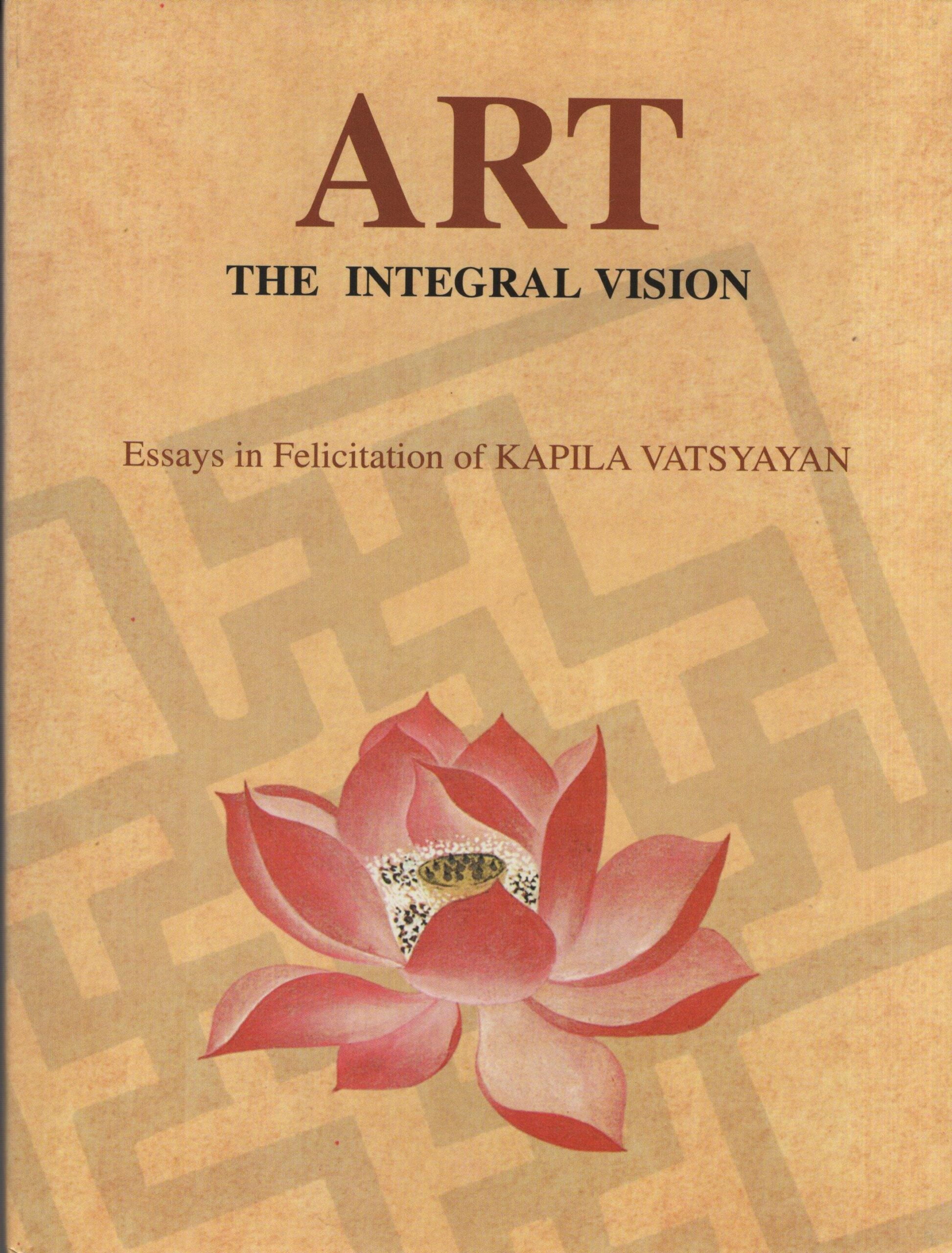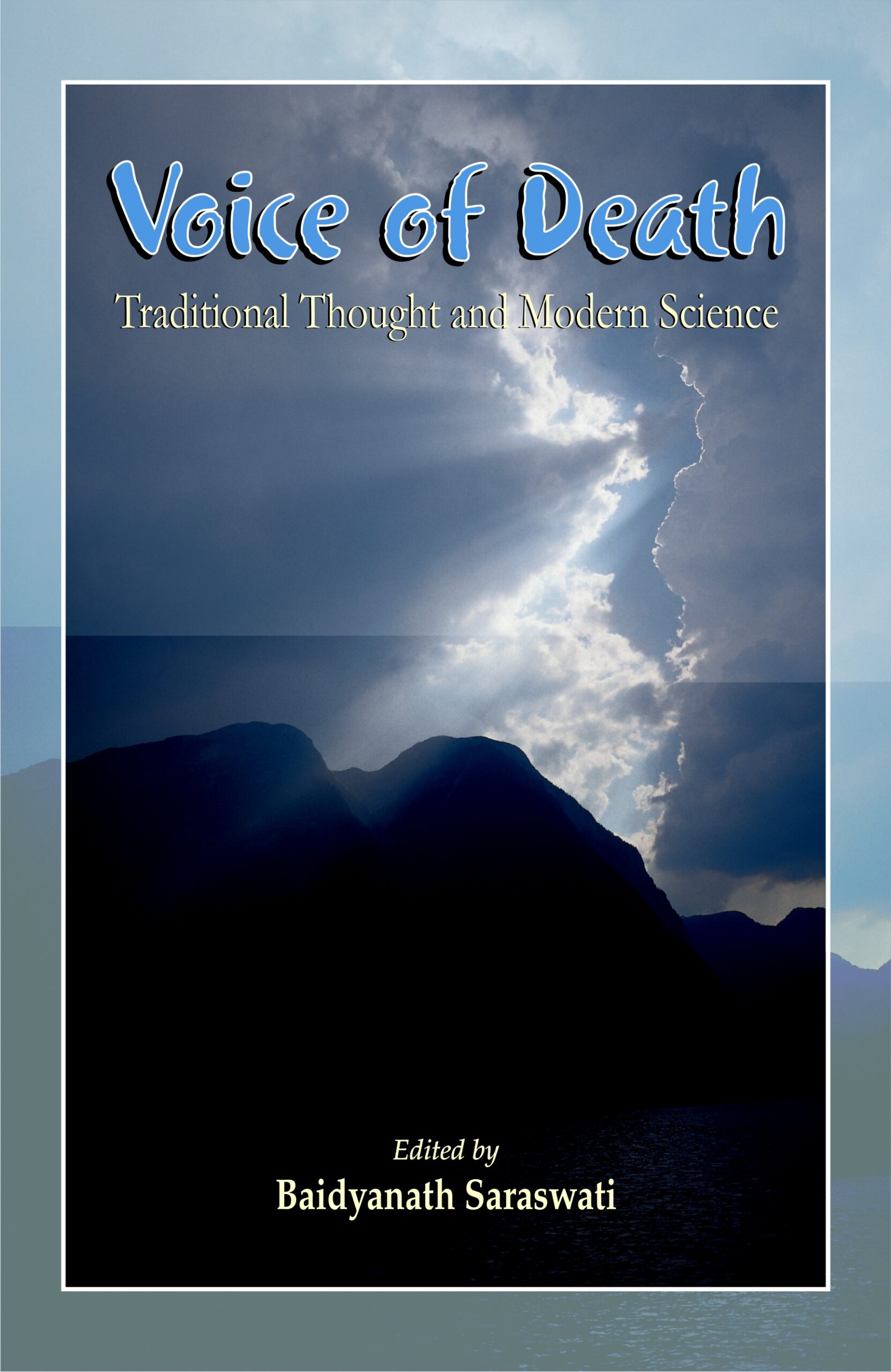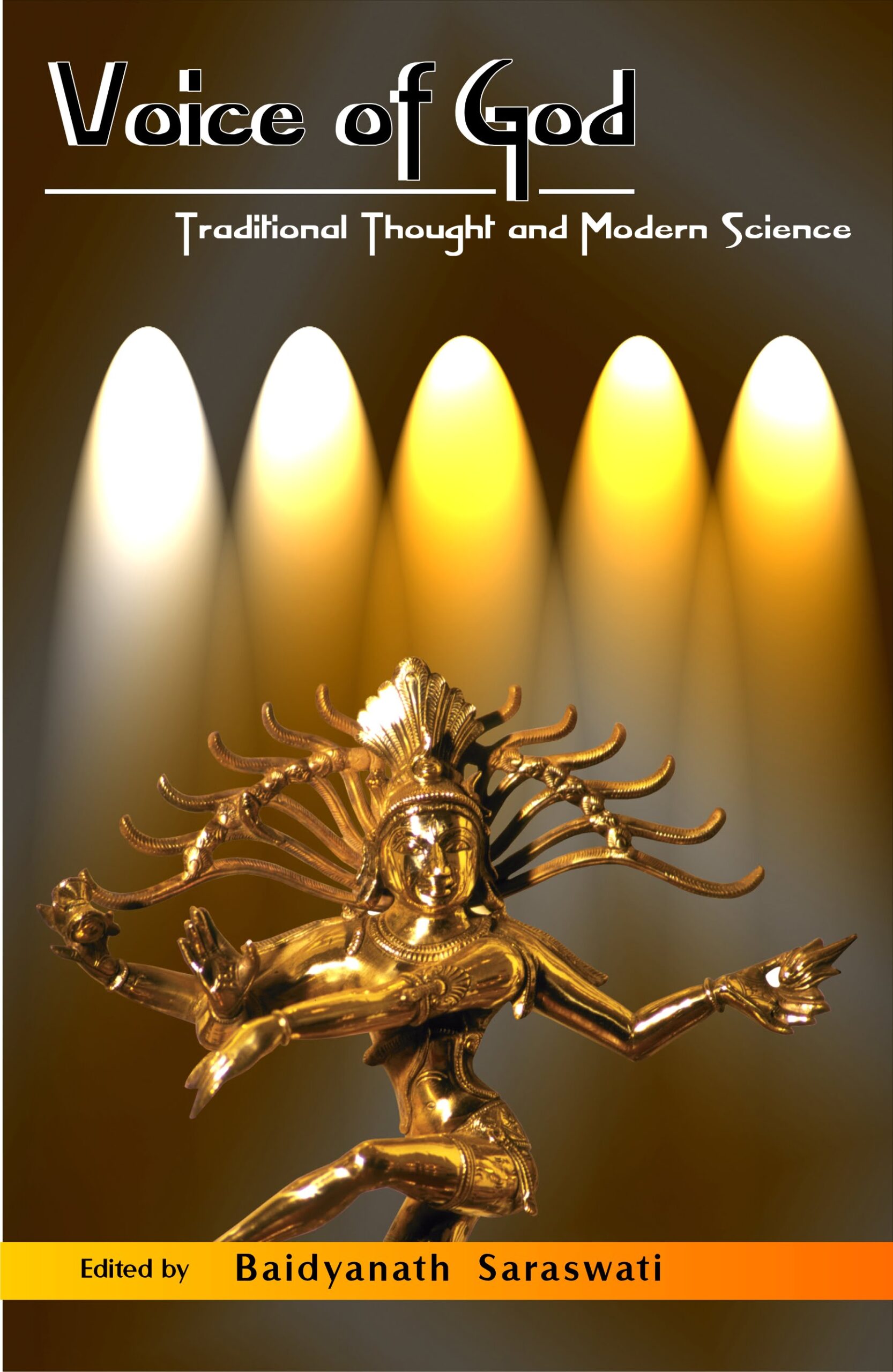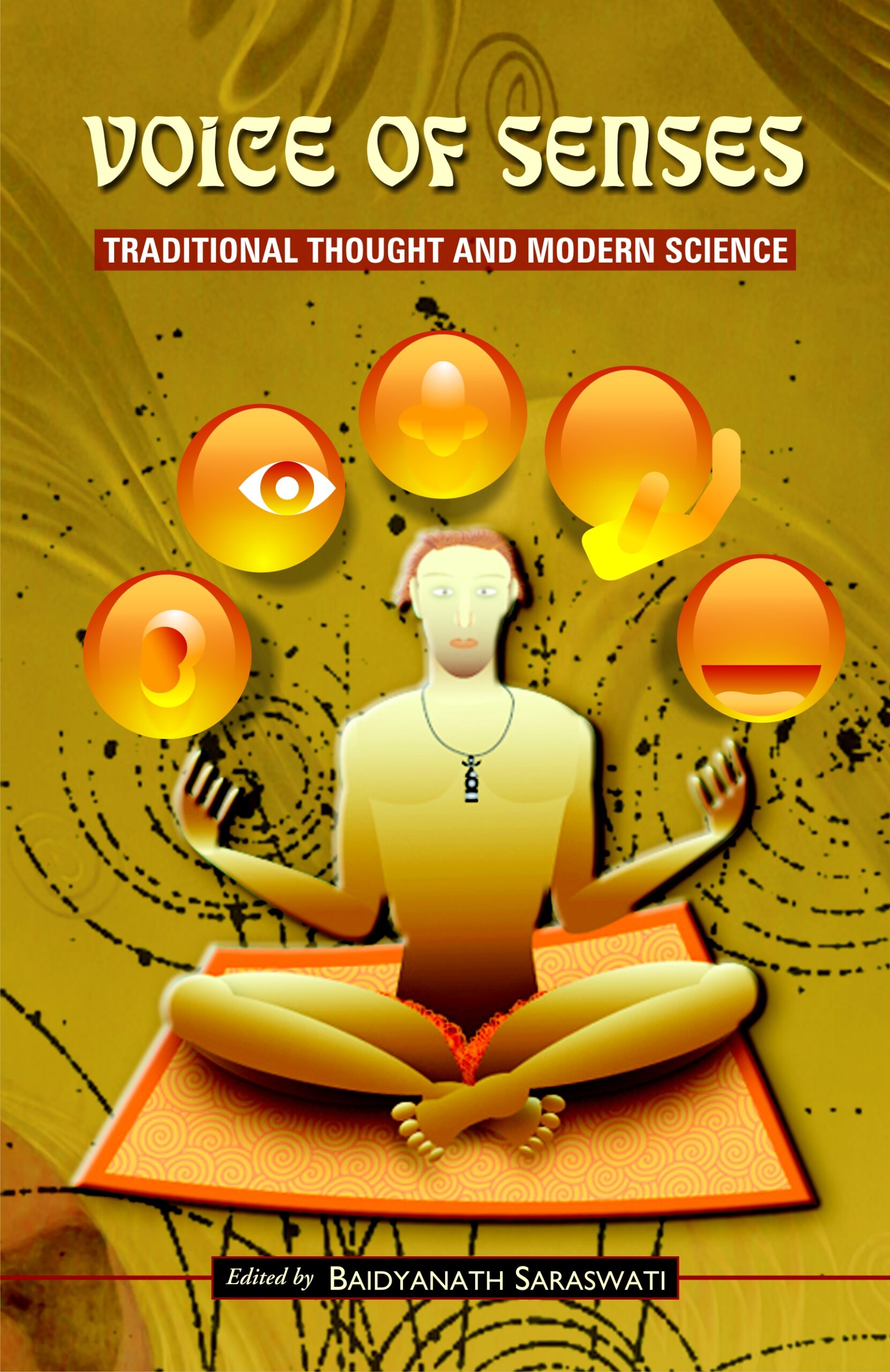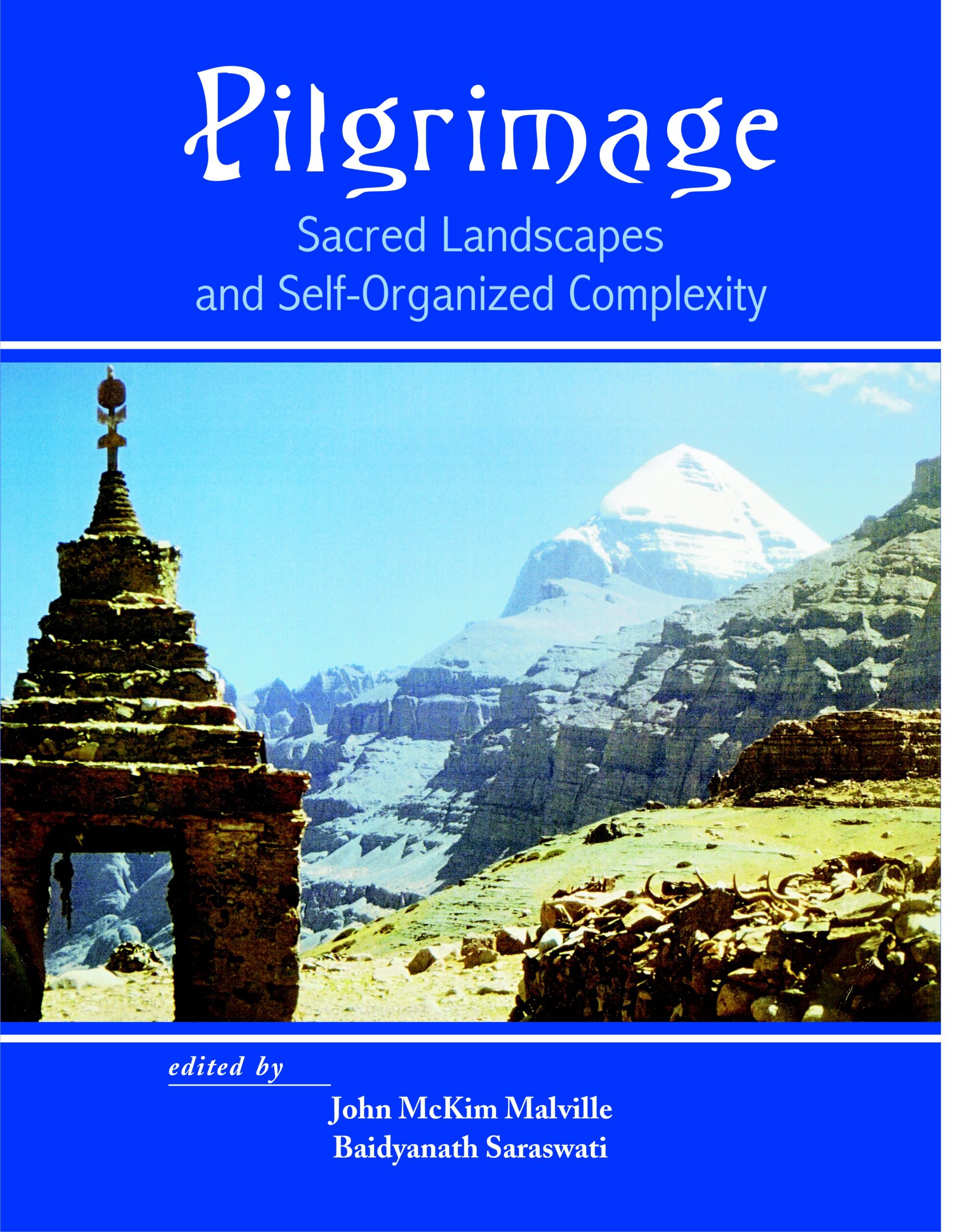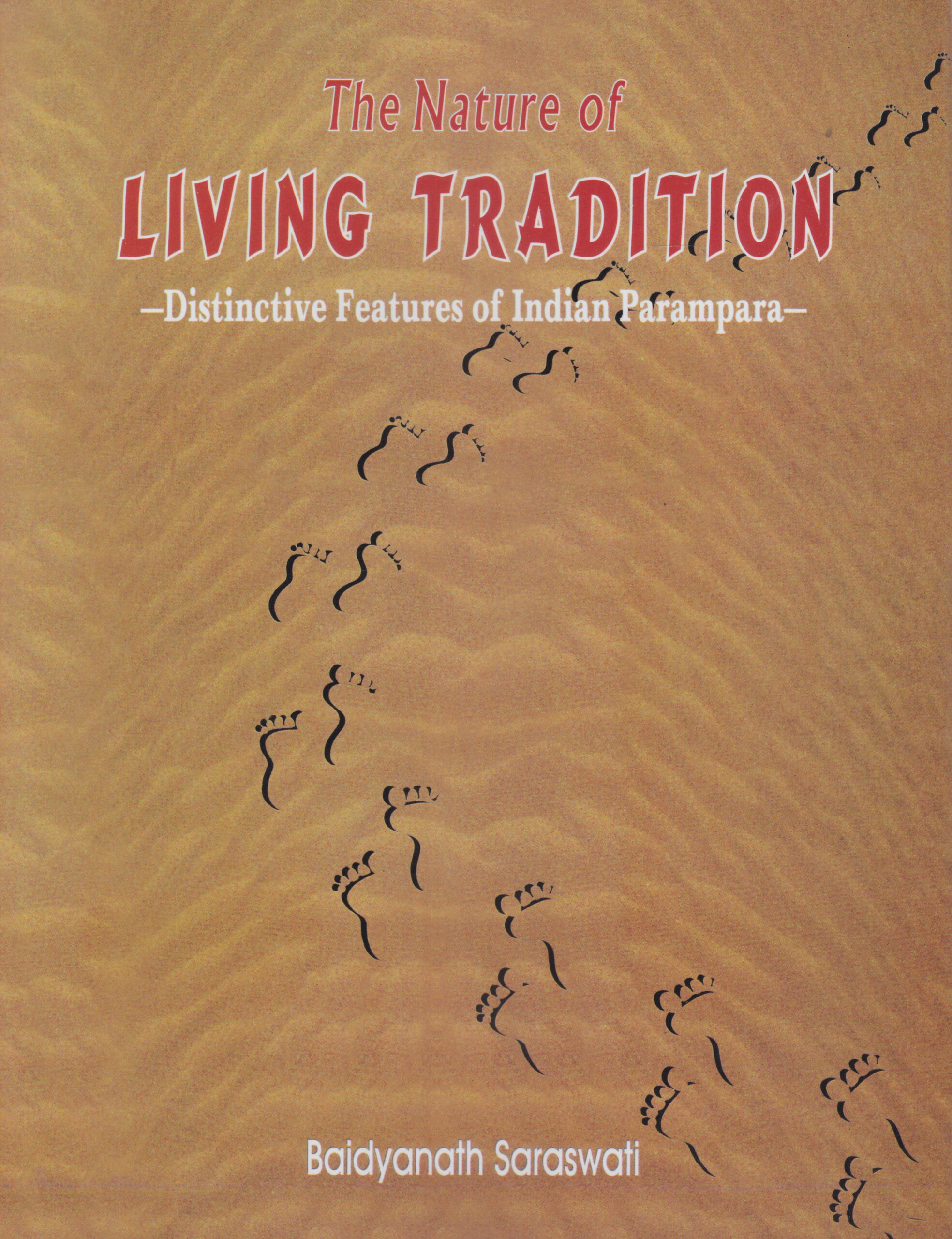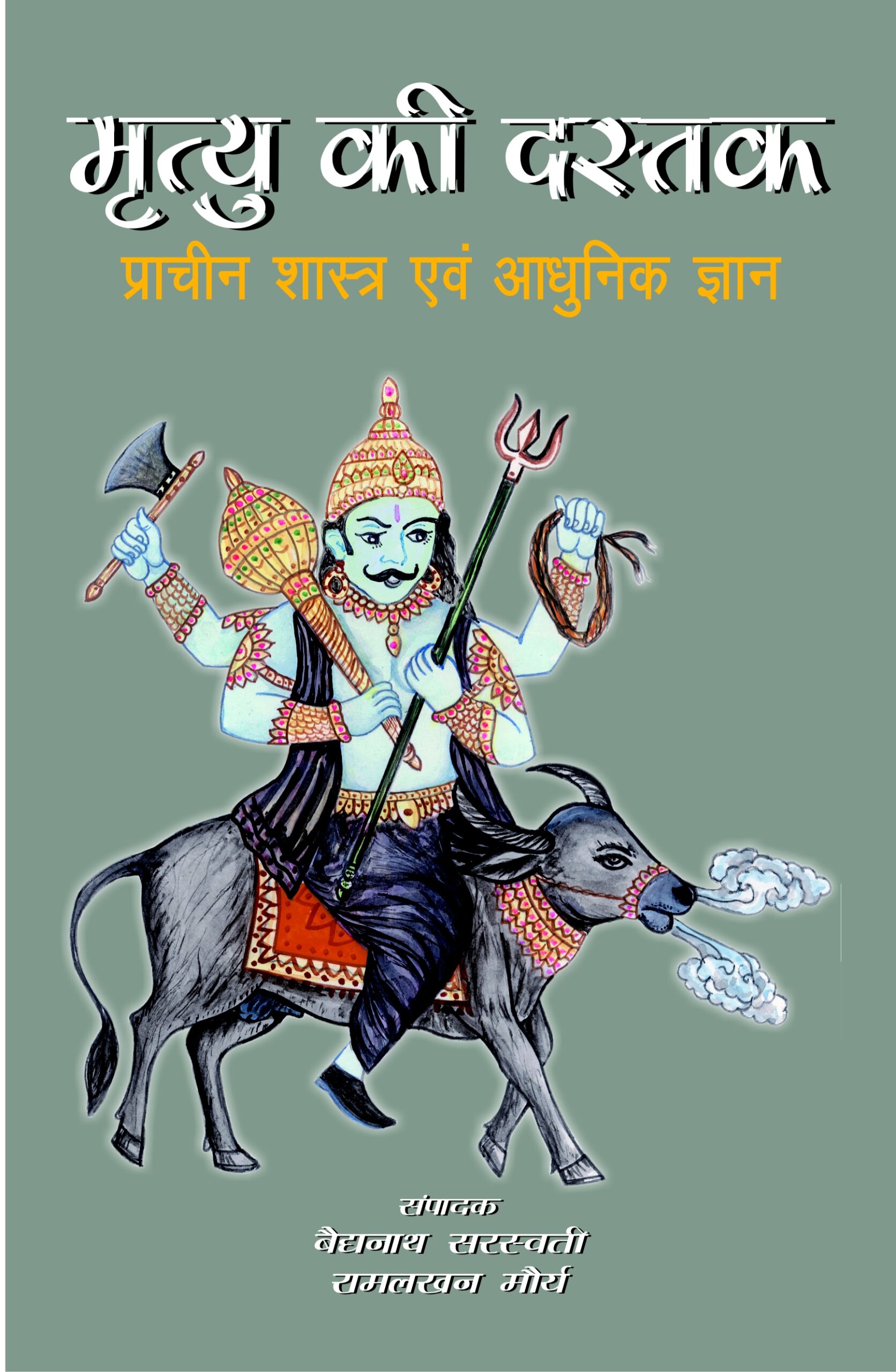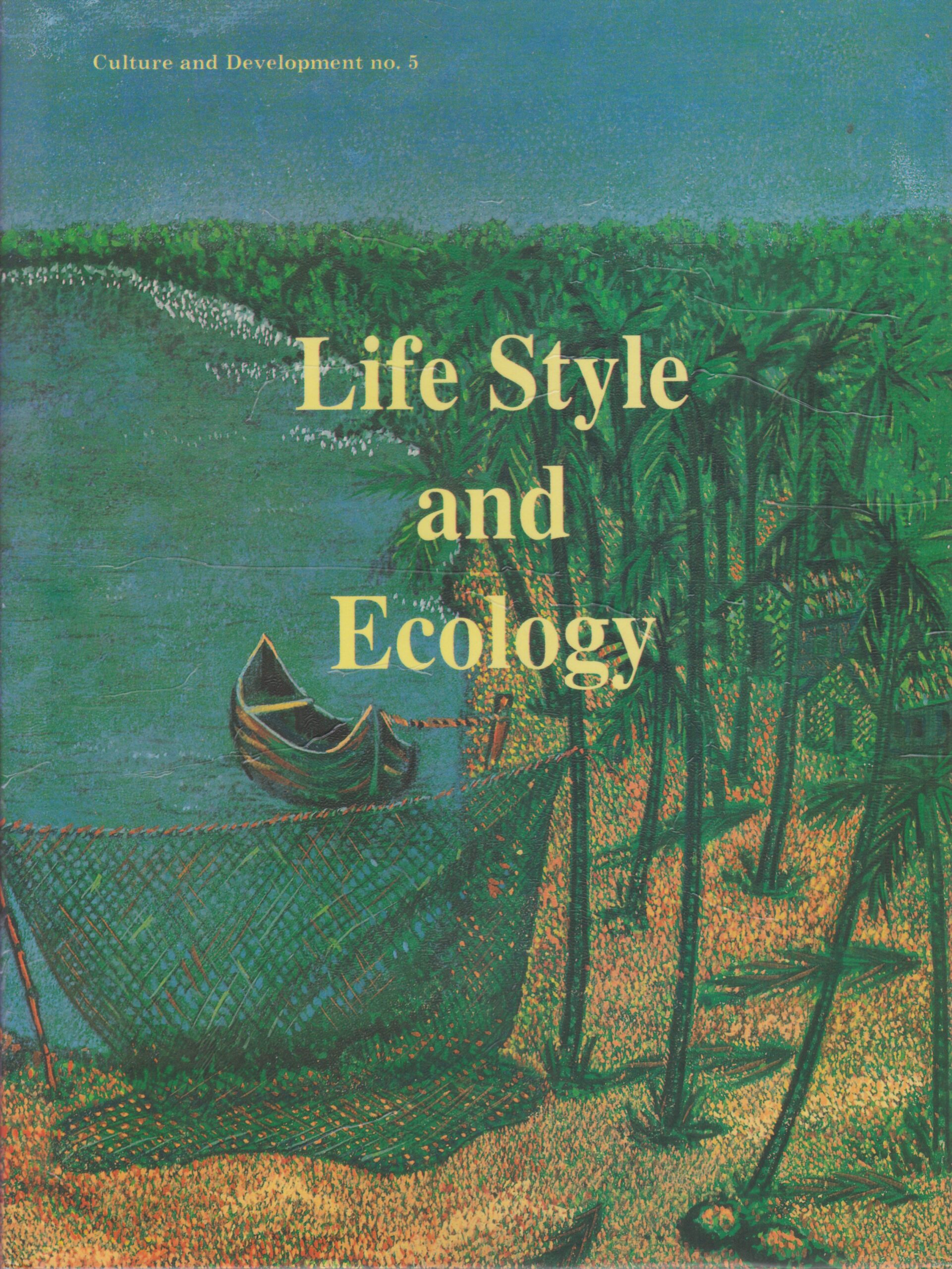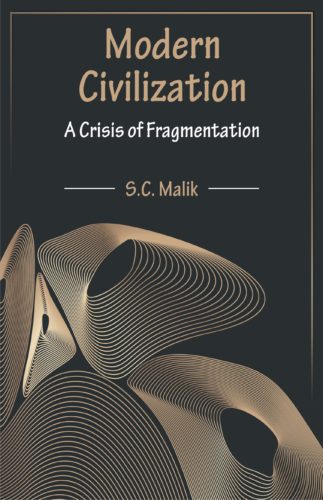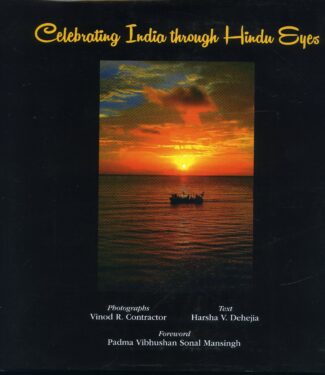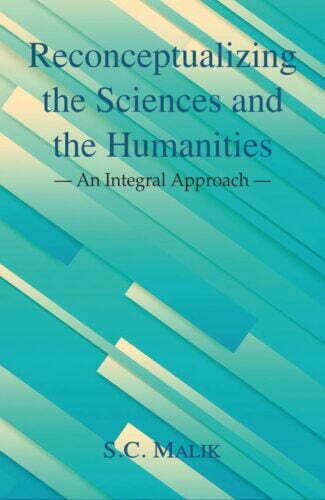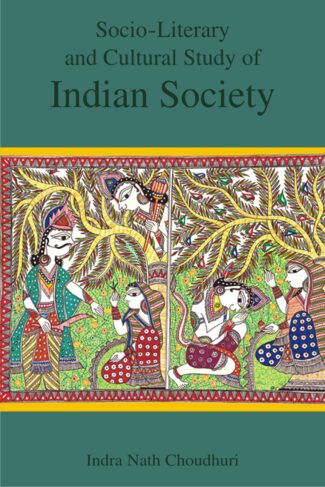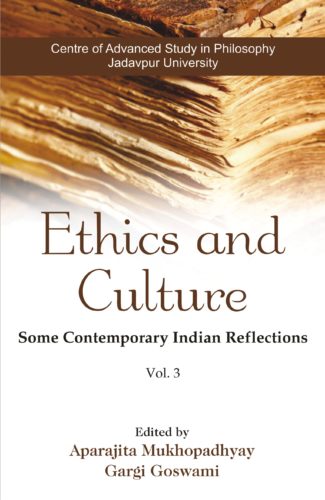-
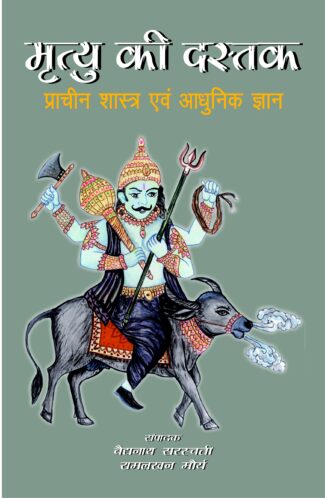

Mrtyu Ki Dastak...
Mrtyu Ki Dastak
Prachin Sastra evam Adhunik Gyan by: Baidyanath SaraswatiMany learned people, from various sects, have written about death and soul. Ceremonies, after death, for honouring the dead, especially in Hindu religion have been dealt chronologically. Also the importance of cloning after death and its resultant impact on society has been discussed.
₹270.00
ISBN: 9788124603147
Year Of Publication: 2005
Edition: 1st
Pages : vii, 208
Bibliographic Details : Index
Language : Hindi
Binding : Hardcover
Publisher: D.K. Printworld Pvt. Ltd.
Size: 23 cm.
Weight: 500
Many learned people, from various sects, have written about death and soul. Ceremonies, after death, for honouring the dead, especially in Hindu religion have been dealt chronologically. Also the importance of cloning after death and its resultant impact on society has been discussed.

